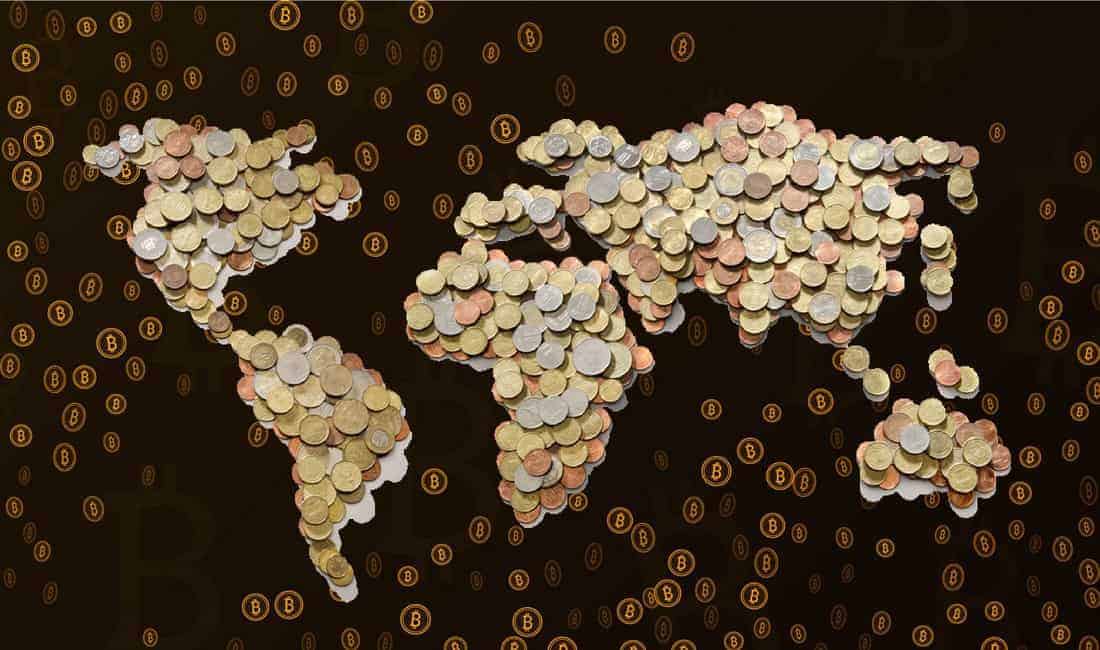One of the most important financial institutions just got into blockchain. This week, the World Bank announced that it will be offering the first public blockchain bond ever. Here’s how using blockchain for lending will help developing countries access the resources they need, and pioneer a better way to finance large-scale economic projects.
What Does the World Bank Do?
The World Bank is an international bank with 189 members that gives developing countries the resources to expand economically and reduce poverty, with an emphasis on sustainability. Projects range from job creation in remote areas to helping startups in bureaucratic, hard to navigate countries.
Of course, all this requires a lot of money. Last year, 60 countries donated $75 billion to fund this year’s projects. Next, the World Bank loans large sums out to developing nations, typically in the form of bonds. World Bank bonds have fixed interest rates or no interest rate at all, depending on the country’s income.
World Bank Issues Blockchain Bonds
This is the first time an organization has used blockchain for lending, specifically in the form of a public bond.
The World Bank created the first public blockchain bond this week. The funds behind it come exclusively from the Commonwealth Bank of Australia (CBA), the country’s largest bank. Last year, the CBA tested out blockchain for lending with a ‘cryptobond’, which they created for the Queensland Treasury Corporation.
The World Bank will issue the first public blockchain bond next week, valued at $73 million USD, or $100 million AUD. It will have an interest rate of a little over 2% and will last two years. They’ve dubbed it ‘Bondi’, which stands for Blockchain Operated New Debt Instrument. Also, Bondi beach in Syndey is one of Australia’s most iconic beaches.
Since it’s blockchain-based, this bond will only exist on a private Ethereum platform controlled by the World Bank and the CBA. They’ll also use Microsoft’s Azure cloud platform.
Blockchain Bonds: The Future of Lending
Using blockchain for lending money to developing nations is only the latest way that distributed ledger technology has changed finance. This is all possible due to smart contracts. These blockchain-based contracts automatically enforce their terms once the parties involved meet their requirements.
In other words, a contract no longer needs an executor and there’s little room for fraud or negotiation. Plus, all parties involved can view the negotiation’s history on the blockchain instantly from anywhere around the world. This is because it’s a decentralized, rather than centralized, ledger.
Speed, international accessibility and lack of room for interpretation make smart contracts especially appealing to large financial institutions like the World Bank, which lends out more than $50 billion annually. If your organization operates in Washington D.C. with money coming from Australia and coordinates deals internationally, immediate access and universal transparency are beyond beneficial.
This is a huge step up from how the World Bank typically issues loans. Until now, coming to an agreement required time, attention to detail and a lot of different parties. Plus, you had to make sure all parties adhered to it required resources for years to come. Now, it’s instantaneous.
Furthermore, the fact that the World Bank is using blockchain shows just how secure, and revolutionary, this technology is. This could mean big things for the entire finance industry. We look forward to more cryptocurrency friendly cities.

